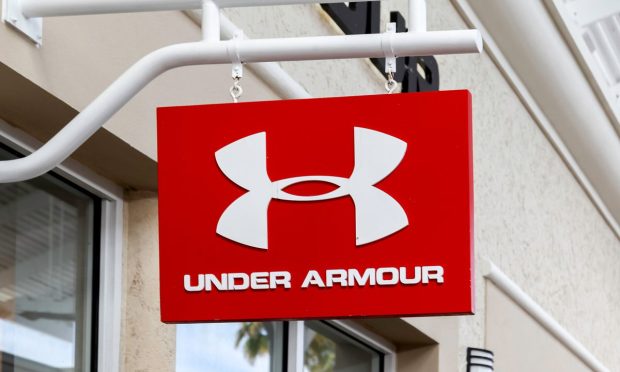Under Armour Beats Q2 Expectations Despite eCommerce Drop

Under Armour reported on Tuesday (Aug. 3) a better-than-expected 91 percent increase in year-to-year revenue to $1.4 billion for the three-month period ending June 30 despite an 18 percent fall in eCommerce sales in the quarter.
The Baltimore-based retailer’s wholesale revenue increased 157 percent in Q2 to $768 million and direct-to-consumer revenue increased 52 percent to $561 million, with in-store sales offsetting the digital sales drop. North America revenue was up 101 percent to $905 million in Q2 and international revenue got a 100 percent boost to $446 million.
Latin America revenue led the international surge with a 317 percent jump in the second quarter, followed by a 133 jump in EMEA and 56 percent spike in Asia-Pacific. Apparel revenue grew 105 percent to $874 million for the quarter, while footwear revenue jumped 85 percent to $343 million and revenue for accessories was up 99 percent to $112 million.
“We are very pleased with Under Armour’s better-than-expected second-quarter results, which reflect solid progress compared to both 2020 and 2019,” said Under Armour President and CEO Patrik Frisk in a statement. He added that with “the critical mass” of the company’s 2020 restructuring plans completed and “continued improvements” in products and marketing, “I believe this year sets a robust foundation that positions us well for our next chapter.”
Under Armour now expects its revenue for fiscal 2021 to increase by a percentage in the low, up from previous guidance that it would be an increase in the high teens.
Related: Acquisitions, BNPL And Employee Wages Make Retail Headlines
Amazon Global Corporate Affairs SVP Jay Carney said earlier this year that Under Armour is among more than 10 major retailers that has recently raised their hourly rates for employees in the past year in an effort to attract more workers in their retail locations.
He mentioned Under Armour as part of a blog post focused on Amazon’s decision to boost its minimum wage for workers to $15 per hour, a move he said is having ripple effects across the retail space.
